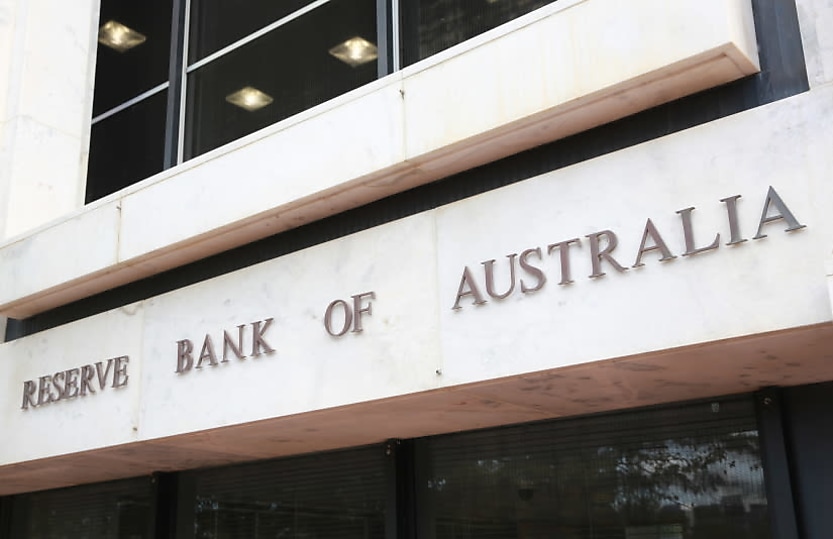Inflation data looking ‘more encouraging’: RBA

Headline inflation rates continue to decline as labour market conditions start to ease and wage growth moderates.
Information on global inflation has been “a little more encouraging over the past month” with headline inflation rates declining and core inflation continuing to ease, the Reserve Bank has said following its December rates decision.
In its meeting minutes for its December decision, members of the board noted that output growth in several advanced economies had slowed noticeably in response to tighter monetary policy and cost-of-living pressures, particularly in Europe.
“In the United States, output growth had held up better than expected, helped by resilient consumption,” the central bank said.
The RBA said while labour markets remained tight, conditions had eased in response to the slowing in economic activity.
“Job vacancies have fallen and unemployment rates, while still very low, have increased over preceding months, including in the United States,” the RBA meeting minutes said.
The pace of wage growth has also generally moderated in response to a gradual easing in labour market conditions and inflation. As a result, core inflation was expected to continue to moderate, the RBA said.
The RBA said inflation has also continued to moderate in Australia but warned that tight rental markets were likely to be an ongoing source of inflationary pressure for some time.
It also expects price increases will moderate over the coming year, due to subdued demand and stronger competition among retailers, though many firms have also reported persistent cost pressures.
Members said while some measures of inflation expectations had moved a little higher over preceding months, they generally remained consistent with the inflation target.
“Wages growth had picked up significantly over the preceding year or so. The Wage Price Index had recorded its highest quarterly growth rate since the series commenced in the late 1990s, reflecting the implementation of the Fair Work Commission’s decision to significantly increase minimum and award wages,” the meeting minutes said.
“However, on the evidence available, spillovers to non-award wages did not appear to be larger than usual. Year-ended growth in wages was a little stronger than had been expected but the most recent forecasts had wages growth peaking at around 4 per cent by the end of the year.”
The RBA said the wages growth outcome for the September quarter was still consistent with these forecasts but members noted that the balance of risks had shifted a little to the upside.
“Conversely, there was some evidence of slowing in wages growth in those parts of the labour market where conditions had eased,” the Central Bank said.
“In liaison, firms had reported that they generally expect wages growth to ease over the year ahead.”
Forward-looking indicators, such as hiring intentions reported in business surveys and information from the bank’s liaison, suggest a further easing in the demand for labour in the coming months.
Members also predicted that growth in consumer spending will be subdued into the December quarter.
The RBA said that monetary policy was working to bring aggregate demand and supply into closer alignment.
“Consumption growth has been quite weak, as many households are experiencing a painful squeeze on their finances, with inflation and higher interest rates weighing on real disposable incomes,” the central bank said.
“Members also noted that the pace of disinflation in some other countries over recent months had accelerated. If emulated in Australia, this would be helpful in bringing inflation back to target.”
About the author







